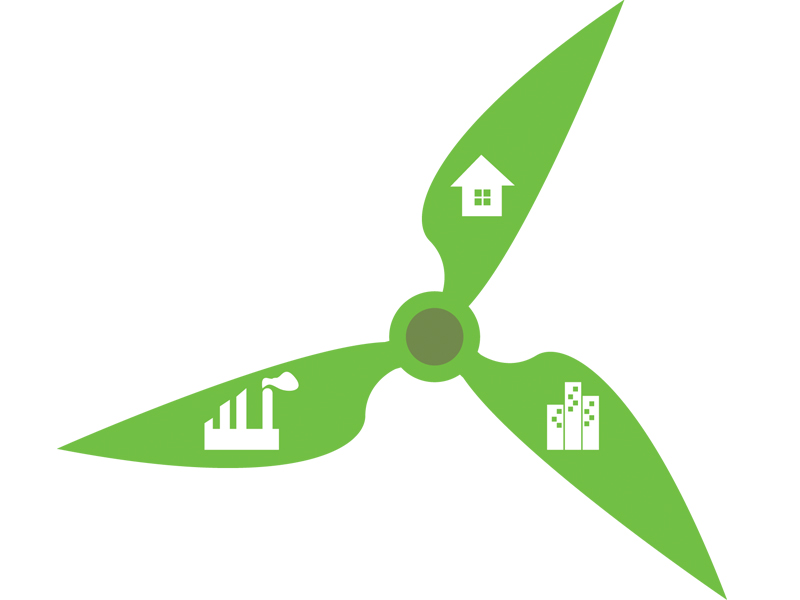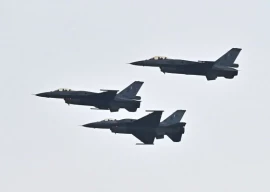
The year is July 1982 in Shahee Tump, Turbat, Makran. Temperature soars to near 50 degrees during daytime with a slight relief after sunset. The night is engulfed in darkness or illuminated in case of a full moon.
Else, a lovely sight of the galaxy where each of the stars is visible against a pitch-dark background. Beds are thrown around in an open courtyard and the occupants are ready to have a fight with mosquitoes until the night ends. Shoes are kept under the beds else they can be torn apart by stray dogs.
Makran gradually gets some relief from a 17.5-megawatt power plant donated by a foreign donor. The plant has a short life and brings huge benefits to a local businessman who has been given the transport contract for fuel supply from PSO depots in Karachi. The transporter sells the fuel in Karachi pocketing the transport cost paid by PSO and supplies the power plant with inferior quality fuel from Iran.
Soon, the engines conk out and the units are gradually cannibalised to make one 4.5MW unit functional until 1993 after which all the generators are dead and now turned into scrap. Panjgur Power Plant having 25+12MW can be an alternative source, in case of load-shedding by Iran or to meet power shortage in the near future.
Some relief comes to the Makran Division after Iran’s 35MW supply is commissioned. The main 132kv, 756km transmission line from Iran connects Mand, Tump, Turbat, Hoshab, Panjgur, Pasni and Gwadar.
Another plan is on the anvil for supply of 100MW by Iran through Polan-Gwadar transmission line provided Pakistan does not succumb to the pressure from the Americans.
For the rest of the province of Balochistan, there is a shortage of about 800MW. Supplies come from various transmission lines from Guddu, etc. Increase in supply to Quetta unfortunately will not help as most of the existing grid stations are already overloaded and heavy load-shedding will continue. Until such time all the grid systems are revamped, no positive change can be expected.
Furthermore, it is difficult to understand how the already inaugurated six units of 600MW each of coal-based power plants at Gadani will help Balochistan as there is no transmission network that connects the remaining province. These power plants are based on 100% imported coal. Some relief could only be possible if a blend of imported and local coal is consumed as fuel.
Renewable energy
As per the 18th Amendment of the Constitution, renewable energy comes under the purview of provinces, but tariff rates are set by Nepra/federal government and the beneficiary of revenue is Wapda, again the federal government. It is difficult to understand how this system will work and how it is going to benefit the province in terms of revenue generation.
Balochistan is blessed with seven wind corridors suitable for wind farms. Some of these corridors are at least 50% better and more efficient compared to that of Gharo in Sindh. The main points are Nokundi, Hoshab, north of Panjgur, Mastung, Dasht near Quetta and Zhob.
These are high potential points where the Balochistan government should put up wind masts and invite potential investors to set up wind farms. The province should make efforts to establish the potential of the geo-thermal source west of Koh Sultan in Chagai District. Renewable energy could be a solution to curtailing transmission losses.
The northern belt of Balochistan from Taftan to Zhob and Kharan, Basema touching Surab is highly suitable for installation of solar power or solar thermal power systems. There are potential sources of geo-thermal energy north of Nokundi and west of Koh Sultan.
There is a point where steam oozes out of the ground randomly from different spots throwing the heated water 15-20’’ up in the air. This needs some drilling and detailed study to ascertain the potential for power generation. This can be a source of cheapest energy.
At Mashkichah - mashk means water container made of goat skin and chah means well – north of Nokundi, rests a structure on a hillock. This structure is a primitive Vertical Axis Wind Turbine (VAWT) that was used for grinding grain. VAWTs were invented and first used in Iran/Persia about 2,000 years ago. It’s amazing how those people in the primitive days chose this spot for VAWT at Mashkichah as the location falls within the Nokundi wind corridor.
Balochistan is blessed with the resources that can help ease energy shortage substantially through renewable energy provided timely and necessary steps are taken to exploit these resources to the benefit of the province and the country.
The writer is the former project director and deputy managing director of Saindak Copper Gold Project, Chagai district, Balochistan
Published in The Express Tribune, December 23rd, 2013.
Like Business on Facebook, follow @TribuneBiz on Twitter to stay informed and join in the conversation.























COMMENTS
Comments are moderated and generally will be posted if they are on-topic and not abusive.
For more information, please see our Comments FAQ